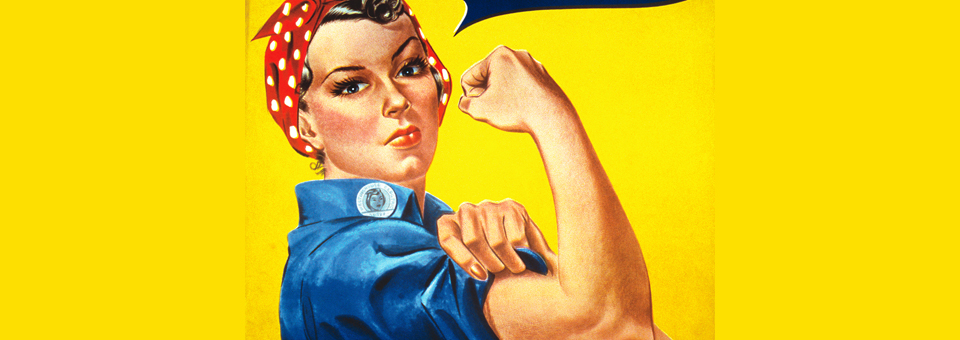It is Punjab again. The state which sacrificed the most to secure the independence of India is regularly in the labour pains of real change. After repeated crushing assaults from the Indian state, Punjab has bounced back again and again to show its guts and strength and the recent AAP success shows that the aspiration of real rule is not dying down in Punjab despite the political and social terrorism unleashed by the ruling elite.
The recent success story of the Aam Adami Party (AAP) in the state is the true representation of the aspirations of the people of Punjab. By halting the tsunami of Modi which swept all of the regional political forces in country, Punjab stood true to its roots and ideology. The virtually unheard-of party in Punjab just a few months ago, won 25% of the popular vote and struck a chord with the people’s mood at the right time. AAP won 4 parliament seats from 13, and in the process announcing itself to be a force not to be ignored easily in the future political discourse of the state. Two of its candidates won with huge margins – 2 lakhs (Bhagwant Maan) and 1.7 lakh (Professor Sadhu Singh) votes.
While political analysts are viewing AAP’s success in political terms, in my opinion it has ideological aspects as well. In political terms we can say that Punjab has rejected Sukhbir Badal’s model of money, muscle, repression and humiliation of political dissent. The ideological aspect of AAP’s success in Punjab is the real urge of Sikhs to rule this part of the country. Punjab has never accepted the model of Indian democracy which lacks the Sikh ethos and ideals. Punjab has a long history of unprecedented victories and popular uprisings, never bowing for long to any military or political repression. The teachings of Gurbani and the sacrifices made by Sikhs to protect the dignity of its motherland are still fresh and deep rooted in the Sikh psyche. Professor Harjeshwar Pal Singh has truly summed up the historical aspect of these kind of uprisings; in a recent article he said, “Historically such spontaneous popular mass upsurges are not infrequent in Punjab. Banda Bahadur led mass insurrection in the period 1708-17, the rising of Punjab during the Rowlett Act and Jallianwala bagh episodes, followed by the Akali agitation for Gurudwara reform in the 1920s, the militancy inspired 1989 electoral insurgency which decimated conventional Akali’s and Congress are some of the examples of these popular rebellions. These upsurges are generally in reaction to extreme repression by arrogant rulers – despotic, colonial, and democratic during periods of intense crisis in the respective societies.”
The last three decades of Punjab’s history represent the unease of Sikhs with the Indian democratic model. The peaceful Dharam Yudh Morcha, the attack on Darbar Sahib and the Sikh militancy period are examples of political uprising against the extreme repression by arrogant rulers. Although Sikh militancy has been crushed by military force, the roots of rebellion are not dying down. The urge to rule and to establish a political system based on ‘Hane hane patshahi’ (Rule by everyone) is still vibrant amongst the Sikh masses. A lack of ideology in politics is not acceptable to Sikhs and now that both the Akali Dal and Congress parties have become exact replicas of each other with no ideological difference, it is easy to see why Sikh voters are looking elsewhere. The Sikh political model is not being represented or respected by main stream parties.
Punjab has bounced back time and again after severe state and political terrorism. Presently, there is a political cold war going on in Punjab. The ruling elite is trying to impose its will on Punjabis, but the masses are repelling these efforts in one way or the other, whether it is in the form of religious congregations, nagar kirtans, kirtan darbars or in the political field exercising their right of vote, Punjabis especially Sikhs are voicing their concerns in a civilized manner. It is their art of resistance. The first instance of defiance by Sikh masses in recent times was the Khalsa March held in April 1994. It was a time when there was total silence in Punjab due to the terror unleashed by the Indian state. The Khalsa March was the first effort by Sikhs to repel state terrorism through these means and to fill a sense of dignity in Sikhs. Sikhs flocked from every corner of the state to overcome the psychological war of terror.
Whether it is the movement against the death penalty of Davinderpal Singh Bhullar, the support for Bhai Gurbaksh Singh or now the unprecedented upsurge of the Aam Adami Party, Punjabis continue to try to establish the rule propagated by the House of Guru Nanak, one for the betterment of all.





